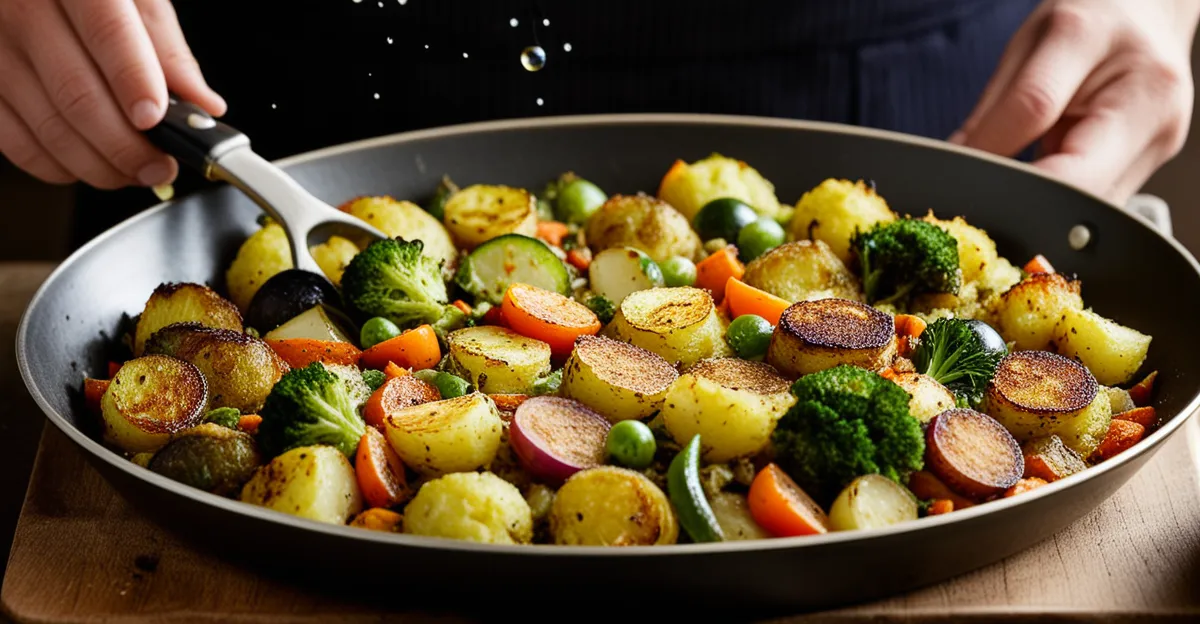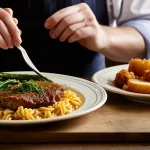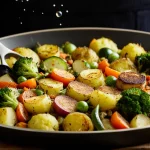Traditional Bubble and Squeak: Classic Recipe Essentials
Discovering what is bubble and squeak reveals a traditional British dish rooted in frugality and resourcefulness. This classic recipe utilises leftover vegetables, typically from a Sunday roast, turning them into a comforting, crispy meal. At its heart, bubble and squeak is a straightforward blend of mashed potatoes and cabbage, although variations often include carrots, peas, or Brussels sprouts.
The bubble and squeak recipe relies on these root and leafy vegetables because their textures and flavours combine well when fried. The dish’s name comes from the sounds made during cooking—the bubbling and squeaking noises as moisture escapes from the frying pan.
In the same genre : How Can Traditional British Dishes Be Innovatively Adapted for Modern Palates?
To prepare this traditional British recipe, the key ingredients are simple: cooked potatoes, cabbage, onion (optional), salt, and pepper. You’ll also need basic kitchen equipment: a frying pan with a heavy base for even heat distribution and a spatula to flip the mixture carefully. This simplicity highlights its appeal, transforming everyday leftovers into a dish full of nostalgic charm and satisfying texture.
Step-by-Step Guide to Making Bubble and Squeak
Mastering how to make bubble and squeak begins with gathering your leftover vegetables recipes essentials. Start by chopping potatoes and cabbage into uniform pieces; this consistency ensures even cooking. If you’re using other vegetables like carrots or Brussels sprouts, dice them similarly. These ingredients form the base of your bubble and squeak, delivering that classic texture and taste.
Also to see : How can you achieve the perfect texture in a traditional spotted dick?
Next, follow the bubble and squeak instructions carefully. Heat a frying pan with a little oil or butter until hot but not smoking. Add the vegetables and press them lightly with a spatula to bind them together. Cook on medium heat to let the bottom turn golden and crispy—this is where the dish gets its signature crust.
To get the best flavour and texture, cook for about 10–15 minutes, flipping once halfway through. Avoid stirring too much; the mixture should form a firm cake. This technique is key when using leftover vegetables, preventing them from becoming mushy and helping you replicate traditional British recipes with satisfying results.











